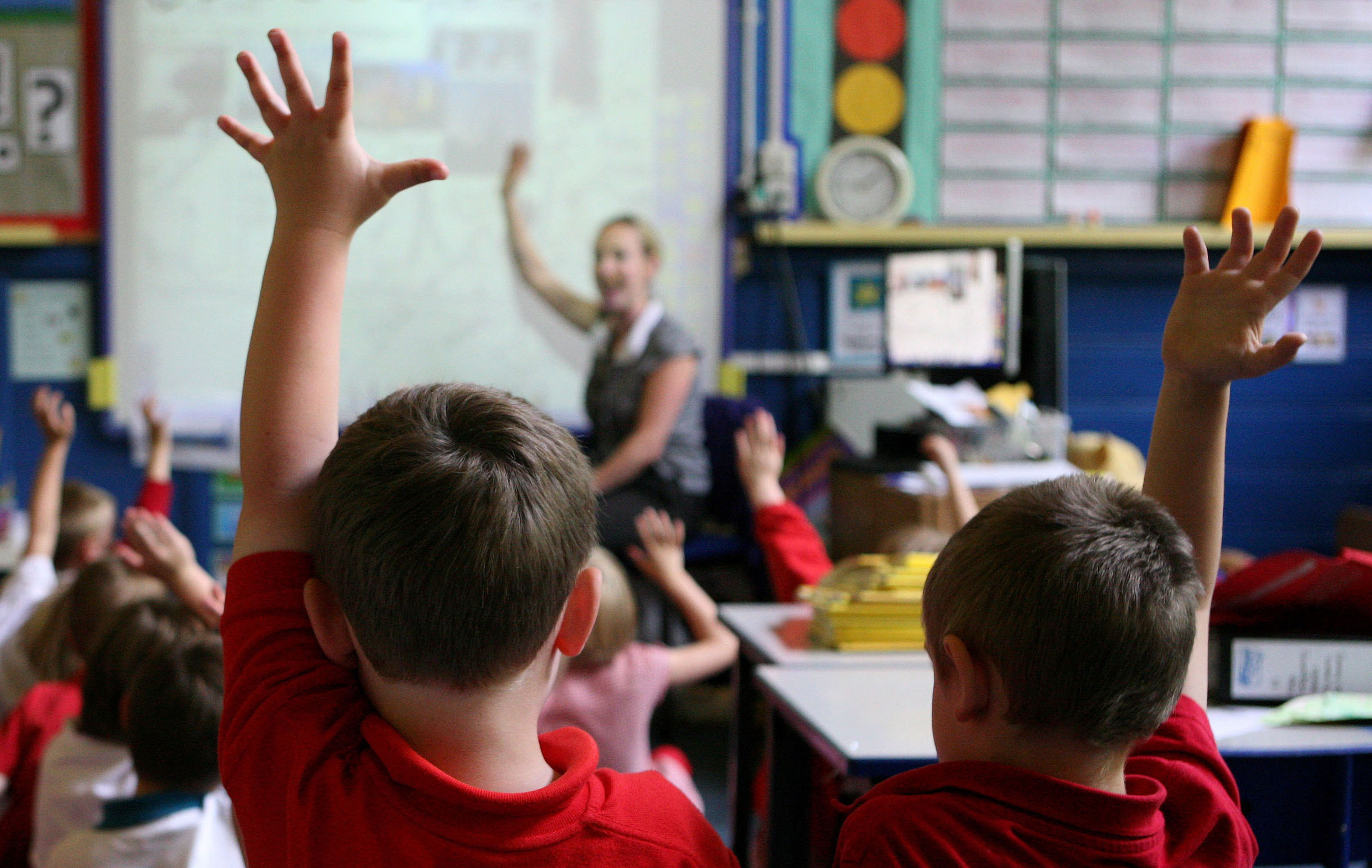
SCHOOL children will not be forced to sit controversial new tests if their teachers and parents don’t want them to.
The Sunday Post has learned that the standardised assessments regime being introduced next year does not “specify explicitly that all pupils must sit” the exams.
Opposition politicians have accused ministers of being “mired in confusion” over the issue.
The Scottish Government announced the return of literacy and numeracy tests for pupils in P1, P4, P7 and S3 earlier this year.
It said it hoped the move would raise standards in reading and writing and close the gap between rich and poor.
But concerns have been expressed it will see a return to school league tables, 12 years after they were scrapped, and put unnecessary pressure on children as young as five.
Lib Dem MSP Tavish Scott said: “Parents and teachers alike have made clear that they don’t want a return to Thatcherite national testing.
“The fact that we are still not getting clear answers from the SNP over who will have to sit the tests shows the Government’s plans are mired in confusion.”
The EIS teaching union, which is against data from the test results being made public, last week published a paper which updated its members on the final version of the National Improvement Framework (NIF).
It is the blueprint for the Scottish Government’s bid to raise educational attainment across the country.
In the document the union welcomed the fact the final version of the NIF “does not specify explicitly that all pupils must sit standardised assessments”.
One angry parent, who is a former English secondary school teacher, said he will not allow his child to sit the tests.
James McEnaney, from Kirkintilloch, near Glasgow, said: “On the question of every pupil sitting the test, there is no way the Government could force this without resorting to a law change.
“Even then it’s hard to see how parents could be compelled to allow their children to be tested in this manner.
“I, for example, will not allow my son to sit these standardised tests.”
A spokeswoman for the Scottish Government said the new assessments will be taken by “all pupils” in primary 1, 4 and 7 and secondary 3.
But she also confirmed “there may be individual circumstances where it would be inappropriate for a child” to sit them and that any decision on this would be for teachers to make in conjunction with parents.
She added: “Guidance is being developed for teachers and schools on how the new national standardised assessments should be used for individual children in the classroom.”
Last week new Education Secretary John Swinney refused to reveal if the tests for primary school pupils would be externally marked.
The admission sparked an angry response from the Scottish Conservatives who said parents and teachers will want a straight answer about this as quickly as possible.
National testing for five to 14-year-olds was scrapped by the Labour-led Scottish Executive nearly 12 years ago.
As a result pupils’ ability is not uniformly assessed until they are in their third year of secondary school.
Push to introduce school ‘clusters’
SCOTTISH schools are set to be allowed to organise themselves into “clusters” of primaries and secondaries.
Both the Tories and SNP have backed the idea of much closer working between junior and senior schools to improve the transition for pupils between the two, as well as sharing resources.
It is hoped the move would also help schools in rural areas who struggle with staff shortages.
Scottish Conservative shadow education secretary Liz Smith said she will use a forthcoming schools summit to push for the move.
She suggested that colleges could also be included in the cluster model, adding: “There is now a clear parliamentary majority in favour of giving more power and control to school leaders.
“These ideas include proposals for more school clusters. In many parts of Scotland it will help ensure we put great school leaders in charge from the first years of primary school to pupils sitting their Highers.”
READ MORE
Nicola Sturgeon aims to deliver ‘excellence for all’ with Scotland’s education system
Nicola Sturgeon pledges that parents will be key to education shake-up

Enjoy the convenience of having The Sunday Post delivered as a digital ePaper straight to your smartphone, tablet or computer.
Subscribe for only £5.49 a month and enjoy all the benefits of the printed paper as a digital replica.
Subscribe